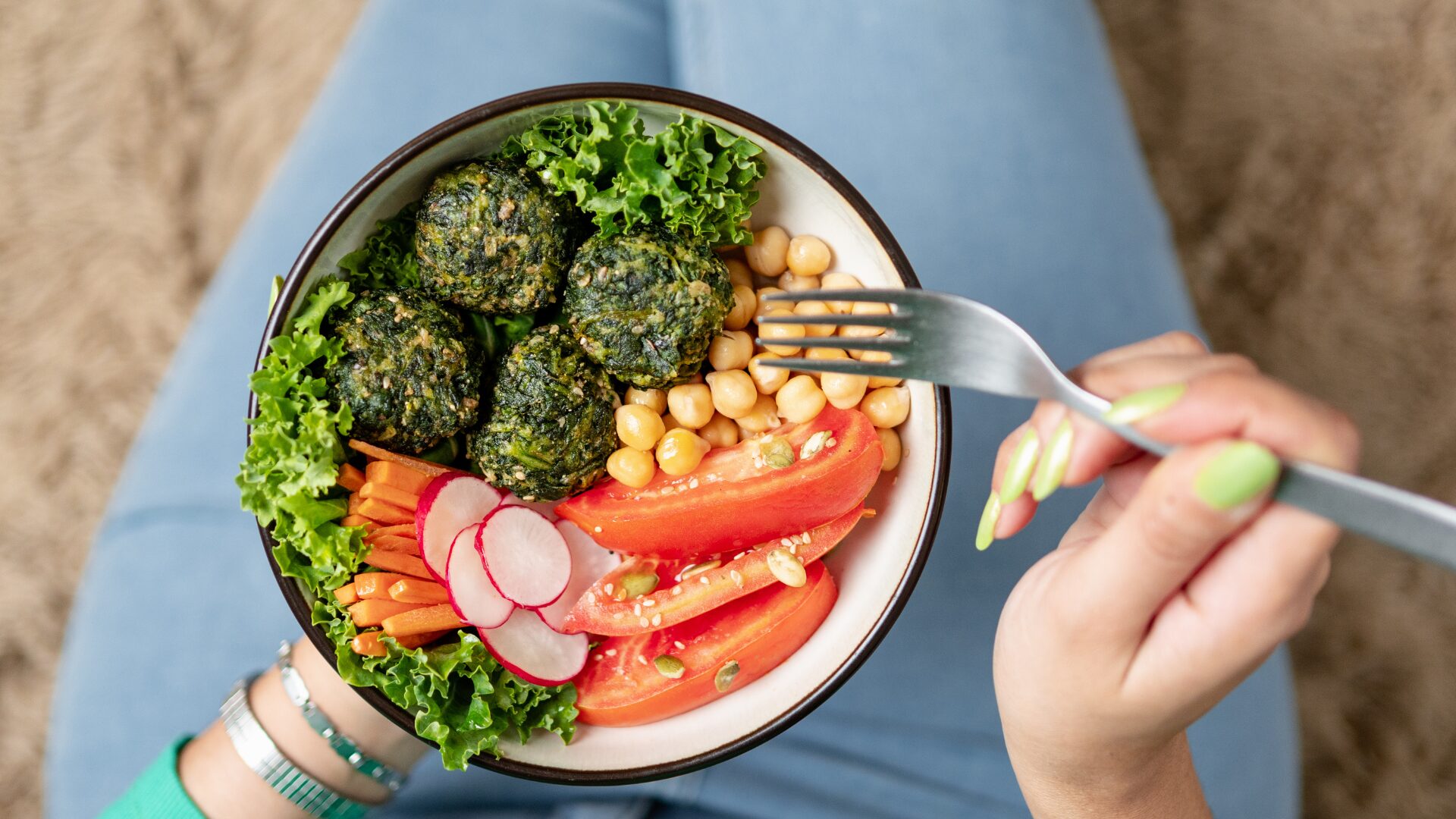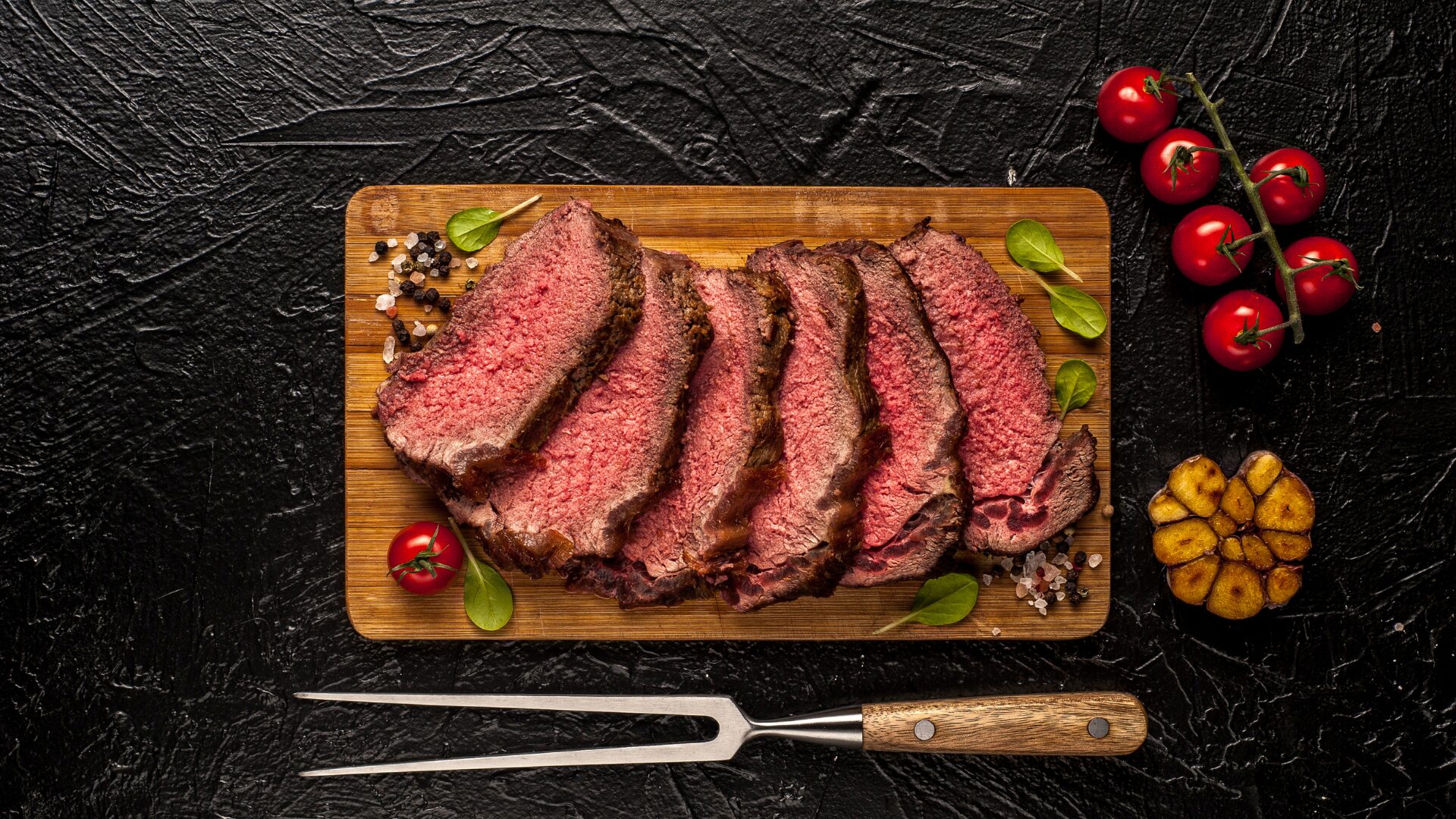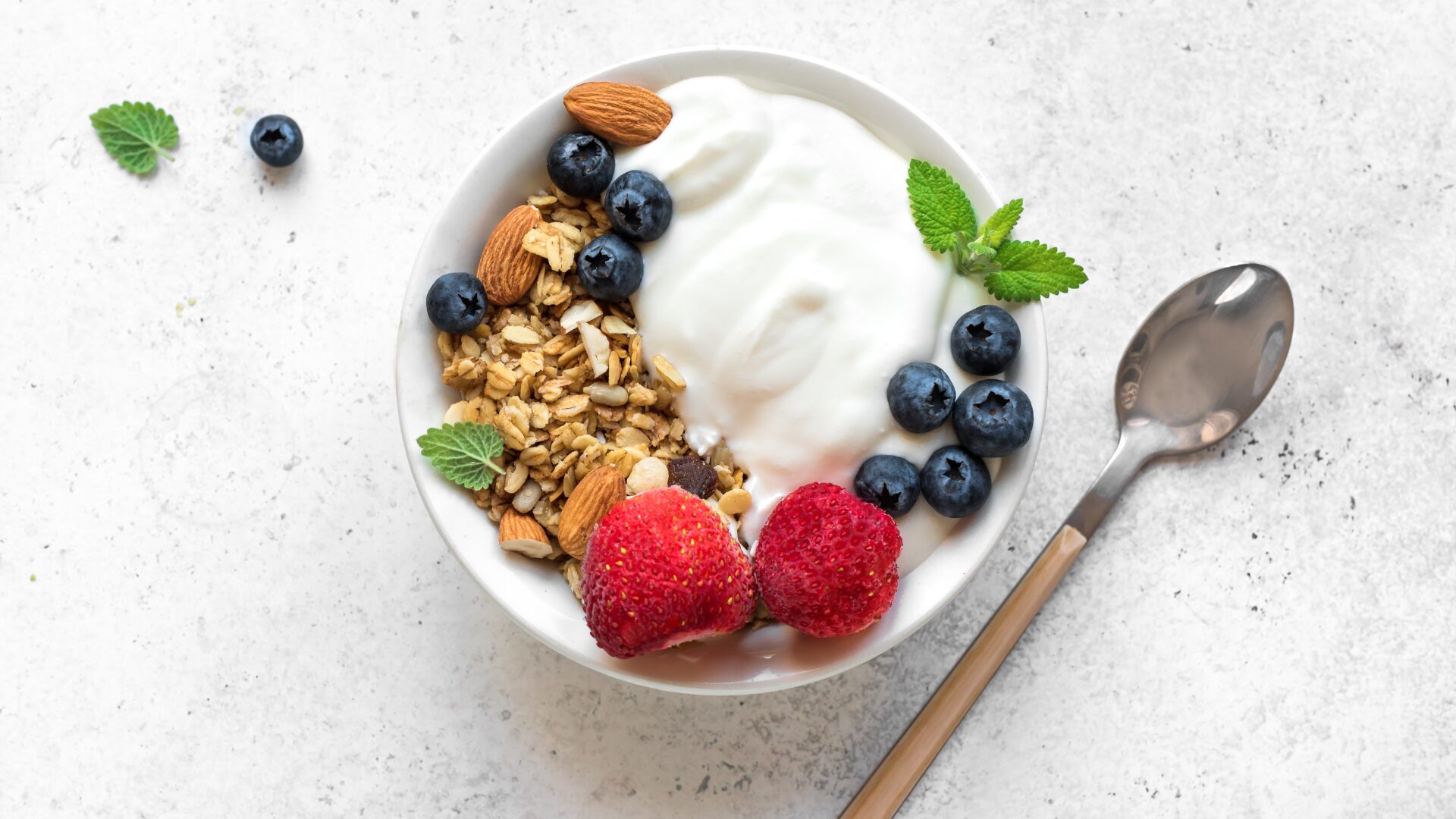Steaks Are High: GLP-1 Drugs Reshape Beef Demand
GLP-1 drugs like Ozempic are reshaping consumer appetites, with nearly half of users eating less beef. As this trend accelerates, meat producers face a challenge, while plant-based brands are presented with an opportunity.







































